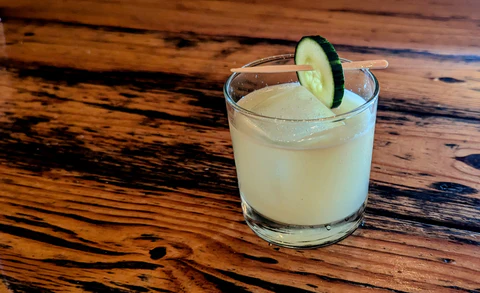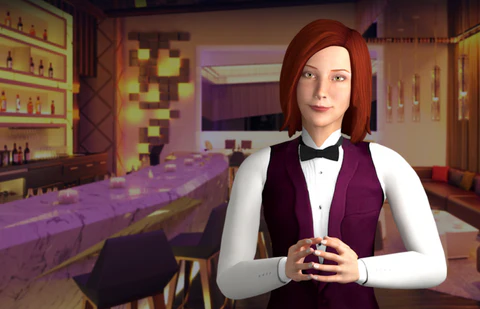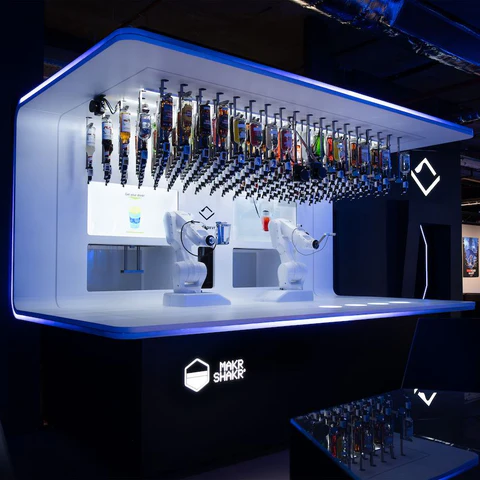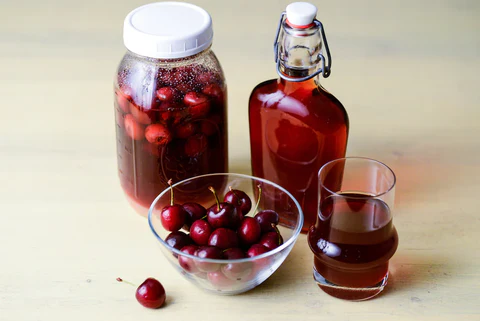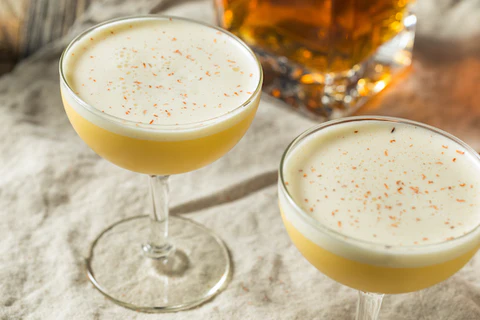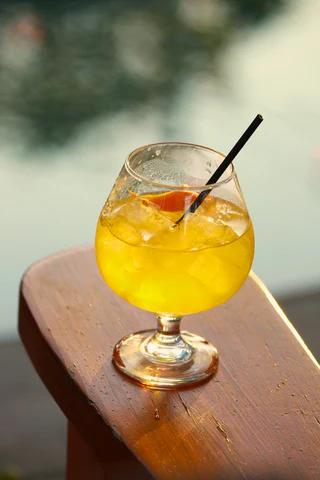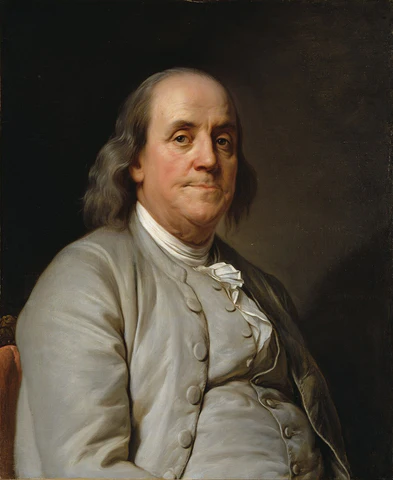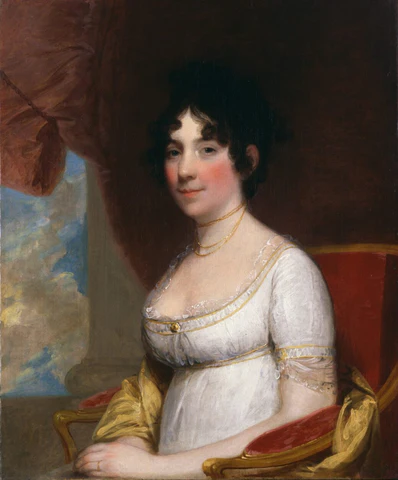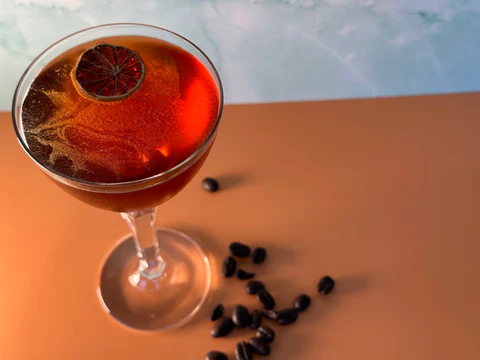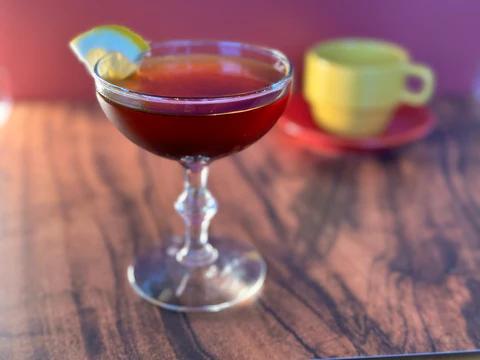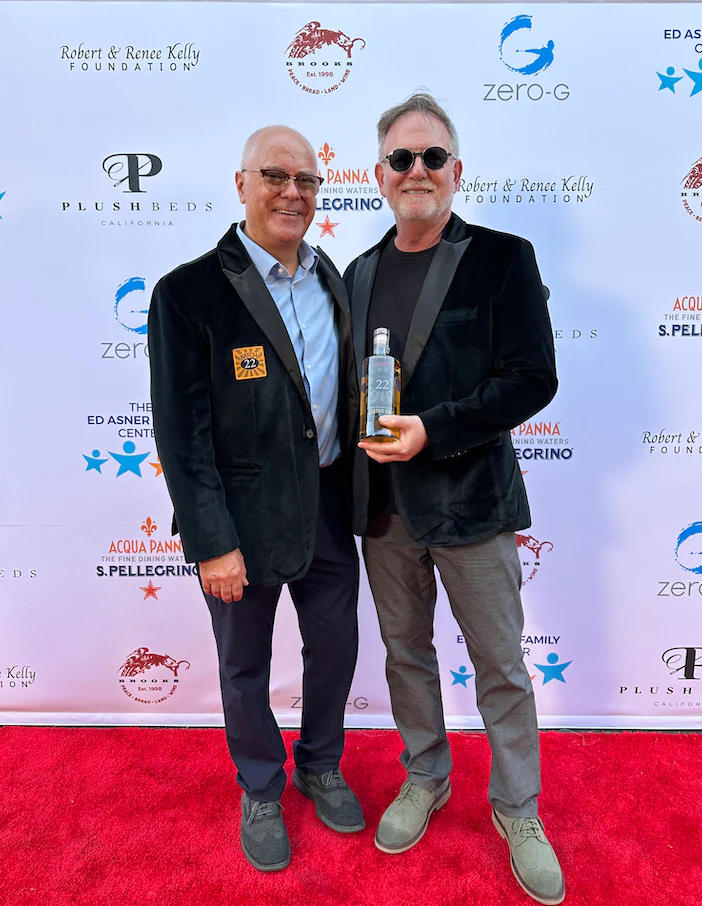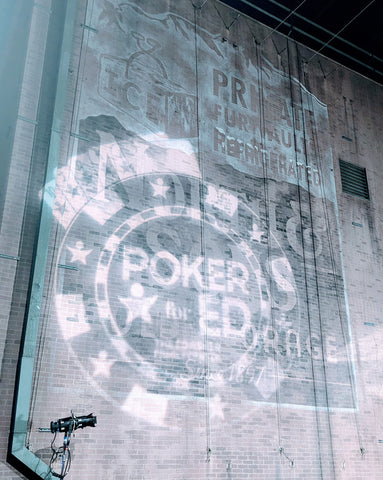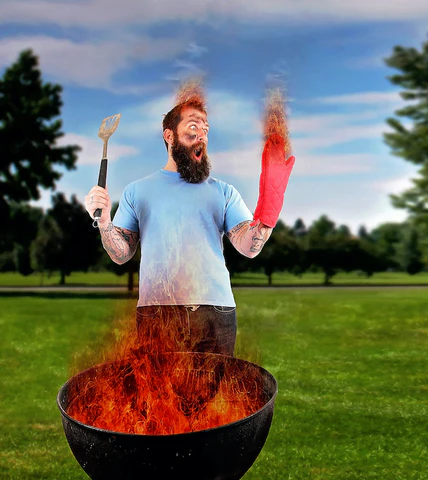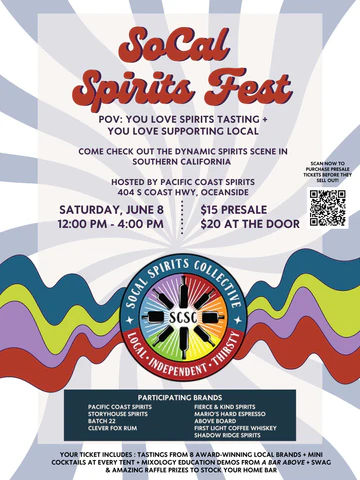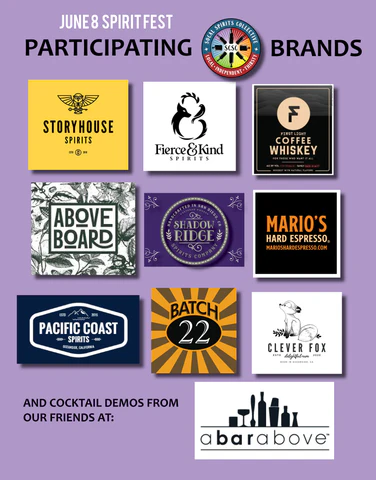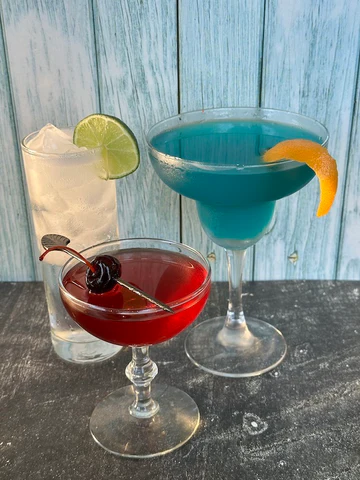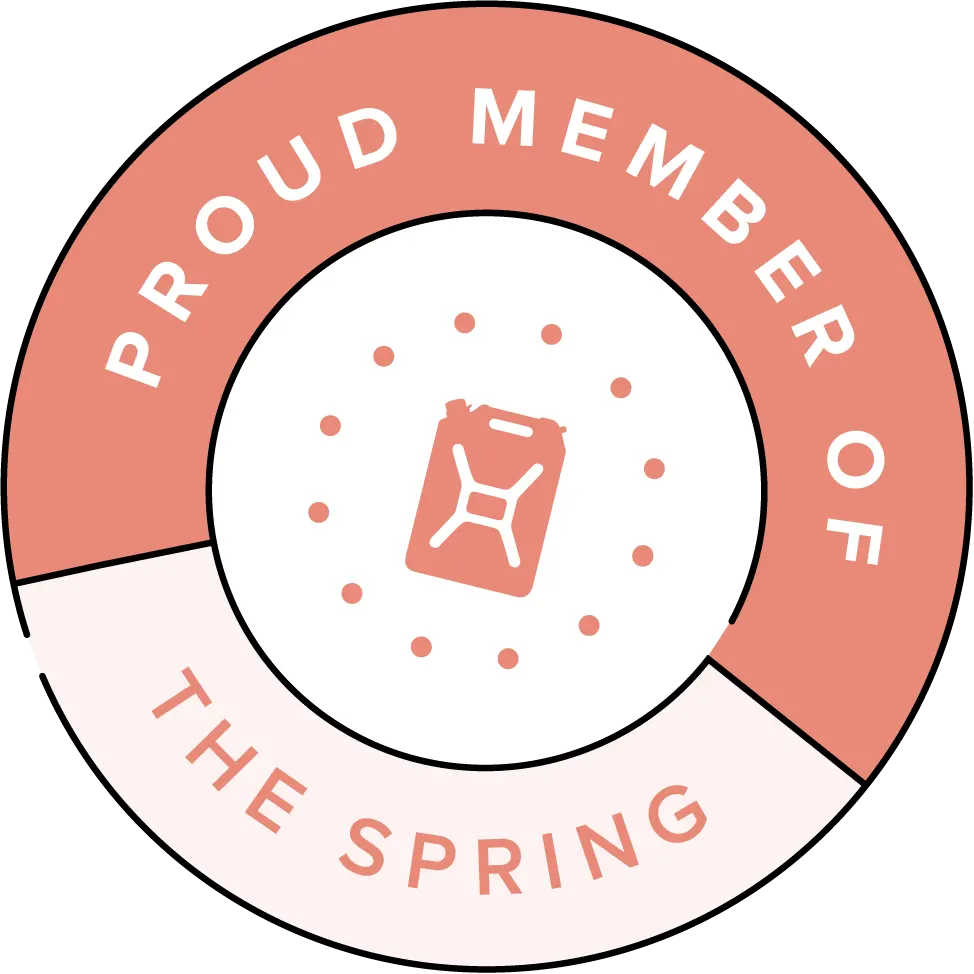When we first entered the spirits market with Batch 22, we plunged in headfirst. We did our research and pre-planning, of course, but like so many things, we soon found out that there’s a whole bunch of critical stuff you can only learn by doing.
For example, we assumed that most visits to a bar or restaurant would go as follows: We show up, pour Batch 22 for the beverage manager or head bartender, they love it, and within a few days, they’d have Batch 22 on their cocktail menu. [Insert loud buzzer sound here.] Wrong. We quickly learned that most cocktail menu decisions are usually made by more than one person and are often subject to predetermined schedules. Some places roll out a new cocktail menu every month. Some do it every quarter or every season. Some only do it when they decide it’s time to change. So, the bottom line is—no matter how much they love Batch, it’s still a lengthy process to actually get it on a menu.
And then there’s our experience with Jar Restaurant.
Only a few weeks ago, Matthew found himself with a little time to kill before a dinner reservation in the Beverly Grove neighborhood of Los Angeles, so he wandered into Jar to have a drink. Of course, Matthew was soon regaling the bartender with stories about Batch, then pouring Batch for her, and then leaving samples as he headed out to his dinner.
The next morning, Matthew’s phone rings. It’s Suzanne Tracht, chef/owner of Jar. She had tasted the samples Matthew left and absolutely loved Batch 22! She explained that she had been searching for an aquavit for a while and hadn’t found one she liked until Batch came along. Her plan was to use Batch 22 in various recipes and also to feature it at the bar. She asked Matthew to get a case to the restaurant as soon as he could. The day he delivered it, Jar added a version of the Batch Negroni to their menu. Voila! That’s how it’s supposed to work!
It wasn’t until Matthew hung up the phone that morning that he discovered just who Suzanne Tracht was.
Chef Tracht has been a driving force in the Los Angeles food scene for over two decades. She honed her skills under the mentorship of Chef Siegbert Wendler at the prestigious Arizona Biltmore Resort and Spa before coming to SoCal, where she worked in the esteemed kitchens of the Hotel Bel-Air and Campanile under acclaimed chefs Nancy Silverton and Mark Peel. She then became Executive Chef at Jozu, a Cal-Asian restaurant that quickly garnered recognition as one of LA’s best new establishments.
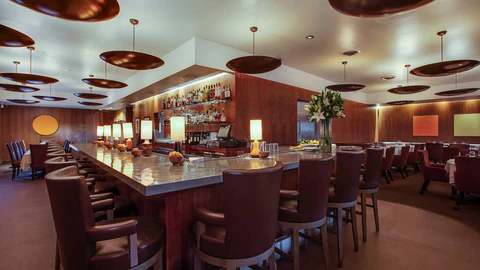
In 2001, Chef Tracht opened her own restaurant, Jar, and was named one of America’s Best New Chefs by Food&Wine. Known for its focus on seasonal ingredients and innovative takes on classic dishes, Jar became a critical and commercial success and has remained an icon in the L.A. food scene for more than two decades. Chef Tracht’s culinary expertise has also been showcased on numerous television shows, including “Top Chef Masters ” and “Hell’s Kitchen.”
Needless to say, we are honored to have an association with Chef Tracht and Jar. We look forward to working with her and supporting her efforts to make Batch 22 a part of Jar.
Also:
A Batch Specialty Cocktail in Studio City, Los Angeles
We’ve been courting our friends at Laurel Tavern for a few months now; we love the casual vibe of their bar, their comfy outdoor space, and their great food. This week, Laurel Tavern added the Double Deuce to their cocktail menu. Created by super-talented bartender Aaron Jaeger, this clean, crisp, and refreshing concoction combines Batch 22 with gin, lemon juice, honey, ginger syrup, and muddled cucumber (recipe posting soon). We’re very proud of it. Cheers!
